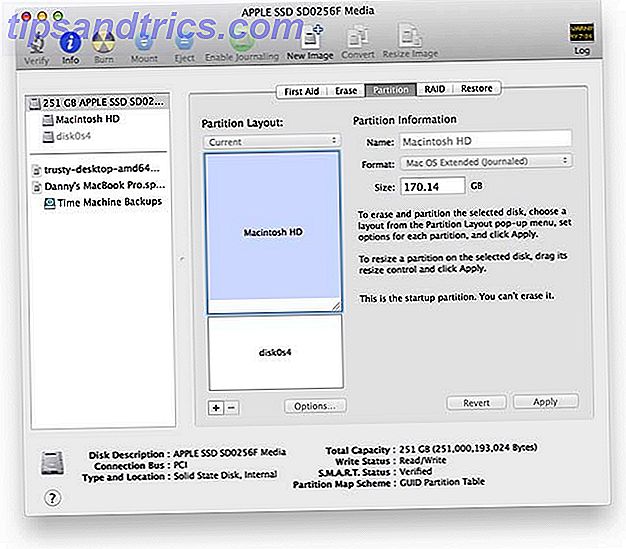
- Install linux on a mac how to#
- Install linux on a mac drivers#
- Install linux on a mac upgrade#
- Install linux on a mac pro#
So you can see your two operating system in efibootmgr's output: Then run the following command to see your EFI entries and your boot order:įor technical reasons which are outside the scope of this tutorial, Linux Mint 17 uses the name "ubuntu" as its EFI identifier.
Install linux on a mac how to#
Grub detects Mac OS but doesn't know how to boot it, so we need to fix that as well.įrom the live session, open a terminal and type the following command to install efibootmgr (this will work whether or not you're connected to the Internet): We need it to boot our Grub menu instead. Now that you've installed Linux Mint, you just need to fix two things: So let's start by explaining things a little and then we'll see how to fix it.įirst, you don't need refit or refind or any exotic boot manager. This is hard to understand at first but trivial to fix.


If you did and you already rebooted, simply boot on the live stick again (you don't need to re-install). The grub target can be left as /dev/sda (assuming that corresponds to your hard disk)Īt the end of the installation, don't choose to reboot just yet. Your swap partition should be formatted as swap. Your home partition should be formatted as ext4 and mounted on /home.

Your mint partition should be formatted as ext4 and mounted on /. Look at the partition sizes to recognize your mint, home and swap partitions. Ignore small partitions between the big ones (don't delete them though). You should see an EFI menu asking you which volume to boot Keep your finger pressed on the Option key (which is also the Alt key) and turn on the computer
Install linux on a mac pro#
Shutdown the MacBook Pro (you need to Shut it down properly, not just reboot it) So first, let's proceed as with any other installation: after the installer is finished, we'll need to fix the EFI boot order. so this partition should be as large as possible. The home partition is where all your files will be, your pictures, your music, your movies. Linux Mint takes less than 10GB when installed and that can grow to 20-30GB as you install applications. The Linux Mint partition is only for the operating system so it should be small also. Whether you've got 4GB, 8GB or 16GB RAM on your macbook, a 4GB partition should be more than enough. Resize the Mac OS partition to free some space on the hard drive and create three new FAT partitions at the end of the disk:Ī partition for Linux Mint (between 20GB and 50GB) There are in fact a few more (one of them being the EFI system partition) but they don't reall matter right now.

Install linux on a mac upgrade#
That makes it handy to upgrade the operating system later on without impacting the data.īoot into Mac OS first and open the partitioning utility. Note: In this tutorial we'll be using a dedicated /home partition so your Linux Mint operating system will be on one partition and all your data on another. It might help people using other editions or different types/versions of MacBook laptops although some of the information might differ slightly or might feel less relevant. This tutorial focuses on dual-booting Mac OS and the Cinnamon Edition of Linux Mint on the MacBook Pro 13" with Retina display (version 11,1). team to acquire one, not only to write this tutorial and make it easy for you to install Linux Mint on it, but also for us to learn a bit more about some piece of iconic hardware and adapt/improve Linux Mint with it in mind. So for all these reasons it felt important for the dev.
Install linux on a mac drivers#
It's also quite fussy when it comes to compatibility because it's an Apple computer and because it ships with components which drivers aren't open-source. The MacBook Pro is a great piece of hardware and a very popular laptop.


 0 kommentar(er)
0 kommentar(er)
